Trading : 7am to 5pm (Mon-Sun)
Call Us : (03) 7071 0777
Email Us : sales@primalhunter.com.au
NEED HELP?
Hours: 7am-5pm (Mon-Sun)
Ph: (03) 7071 0777
E:sales@primalhunter.com.au

If you're just getting into hunting, birdwatching, or simply enjoying nature up close, you'll quickly notice that binoculars and spotting scopes come with a lot of numbers. At first, these might look confusing, but don't worry! Once you understand what these numbers mean, choosing the right gear becomes much easier.
We’re here to help you break it all down using a real-world example: the Vortex Diamondback HD 20-60x85 (angled) spotting scope.
The first two numbers in “20-60x85” is the magnification range. This tells you how much closer things will appear compared to what your eyes can see.
In this case, the scope has a variable magnification of 20x to 60x. That means you can zoom in to make objects look 20 to 60 times closer than with the naked eye. Lower magnification gives you a wider view and is better for scanning, while higher magnification brings faraway details into sharper view.
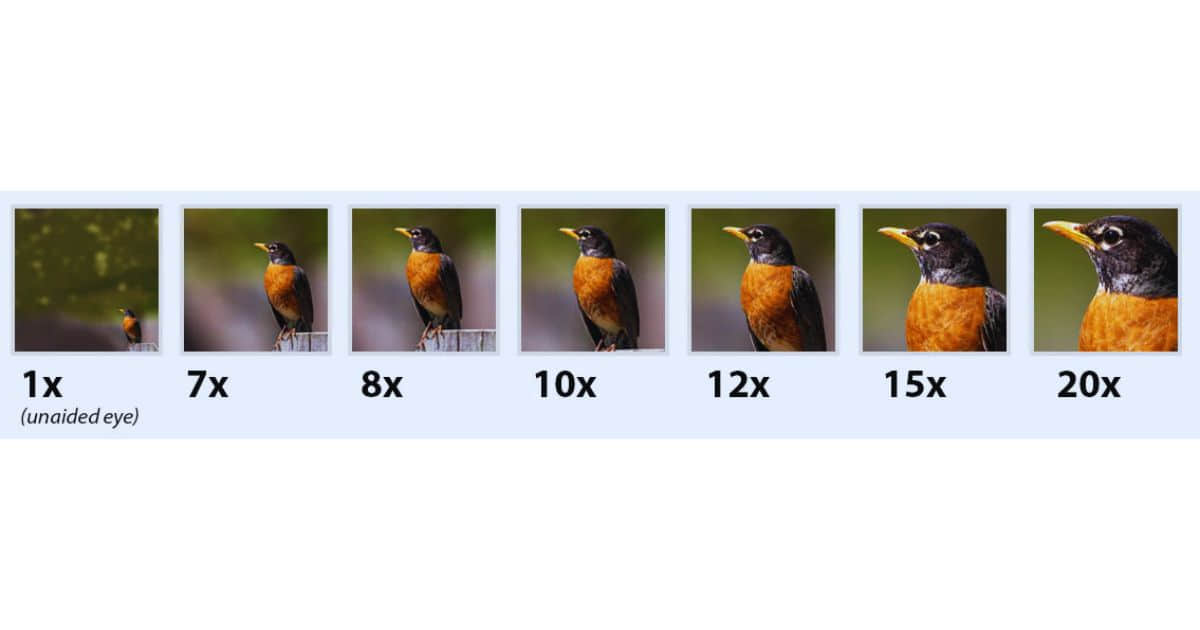
The second number, 85, is the objective lens diameter in millimeters. This is the large lens at the front of the scope.
A bigger lens lets in more light, which helps you see better in low-light conditions like dawn or dusk. A 85mm lens is quite good for letting in plenty of light while still being portable.
Keep in mind a larger lens often means better light transmission and optical performance, but comes at the price of added weight.
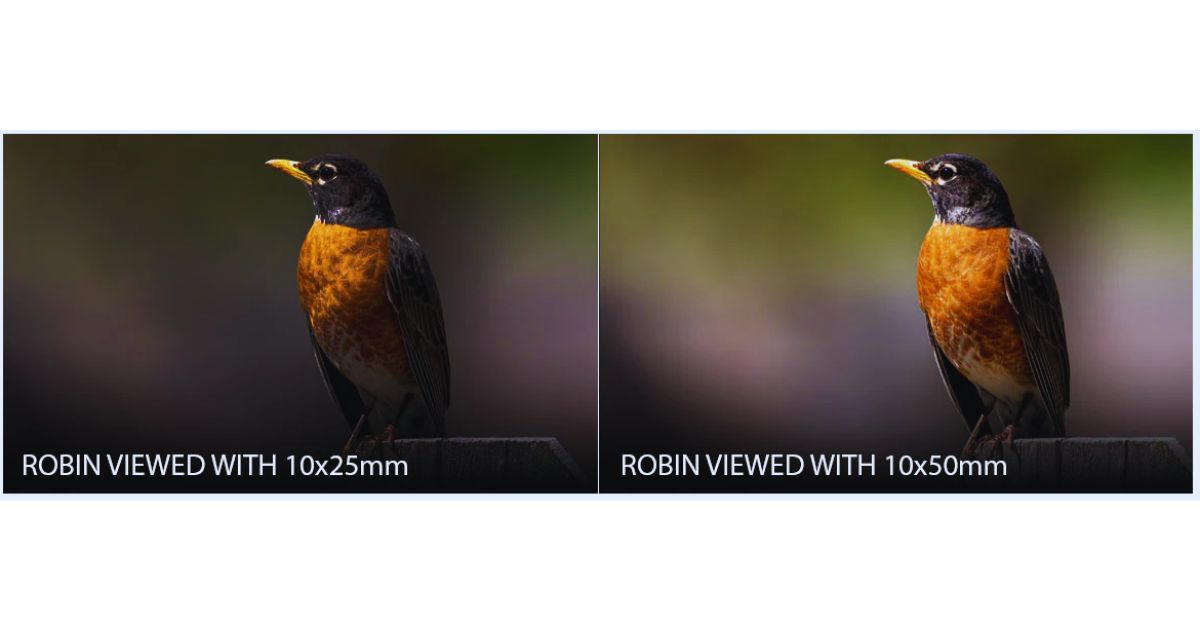
Eye relief is the distance you can hold your eye from the eyepiece and still see the full image. This is especially important if you wear glasses.
The Vortex Diamondback HD has an eye relief of up to 20.3mm, which is generous and comfortable, even for eyeglass wearers. Longer eye relief means less eye strain and a more relaxed viewing experience.
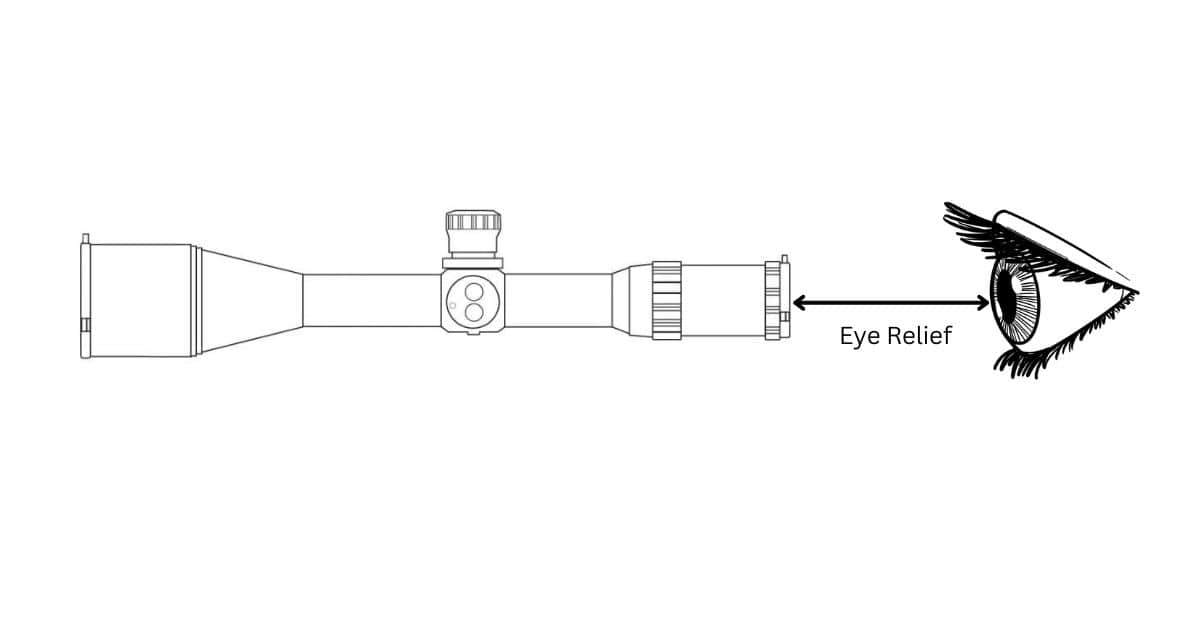
Angular field of view (FOV) is measured in degrees and tells you how wide the area is that you can see at a glance.
For example, at 20x magnification, the Diamondback HD has an angular FOV of 2.1 degrees. A larger angular FOV is better for tracking moving objects like birds or wildlife because it gives you a wider window to look through.
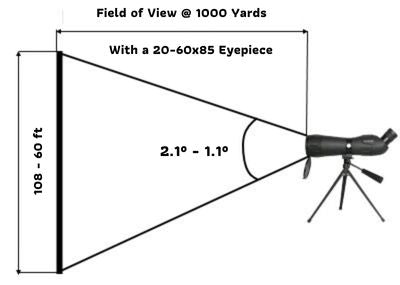
Linear field of view works alongside angular FOV, but it tells you how wide the view is at a specific distance—usually 1,000 yards or meters.
At its lowest zoom, the Diamondback HD shows 108 feet at 1,000 yards. This means that when you look through it at a target 1,000 yards away, you can see an area that’s 108 feet wide. A wider linear FOV makes it easier to find and follow your subject.
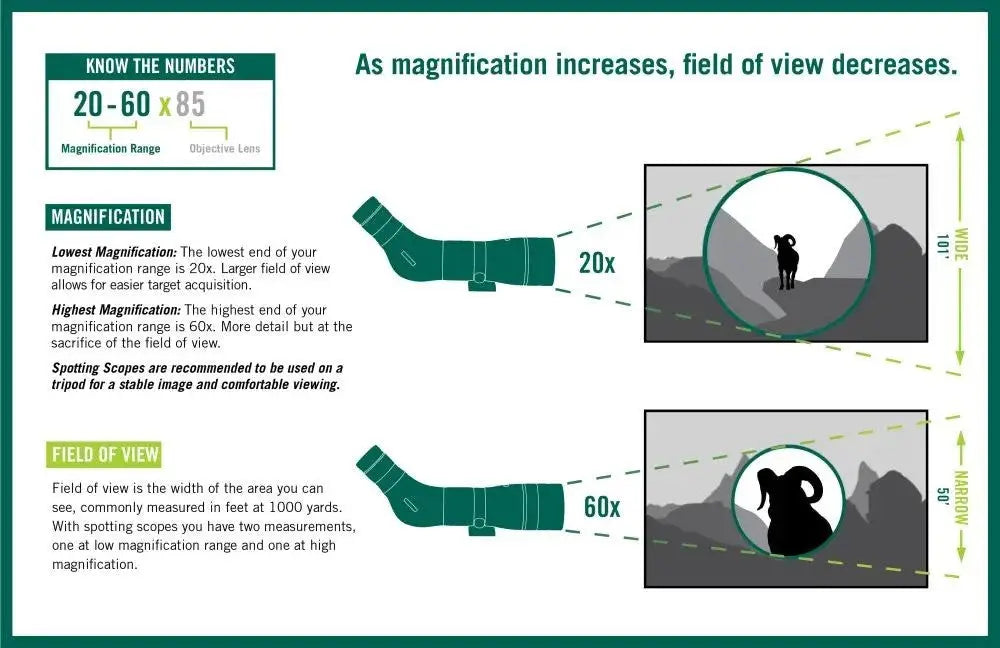
Close focus is the shortest distance at which the scope can still focus clearly. If you want to look at animals or objects at short range, this matters a lot.
The Diamondback HD has a close focus distance of around 26.6 feet, which is perhaps not the best option say if you are planning to view objects/animal very close up in your backyard.
While spotting scopes are usually for one eye, binoculars have something called interpupillary distance—this is the distance between the centers of your pupils.
Binoculars can be adjusted to match this distance, making sure both eyes get a clear, comfortable image. This is essential for avoiding headaches and ensuring a sharp view. While not relevant for the Vortex Diamondback HD spotting scope specifically, it’s a key factor if you’re also considering binoculars.

Understanding the numbers on binoculars and spotting scopes helps you pick the right gear for your needs. The Vortex Diamondback HD 20-60x85 is a great example of a well-balanced spotting scope—offering a wide magnification range, bright image quality, and great eye comfort.
If you keep these key specs in mind—magnification, objective lens diameter, eye relief, field of view, close focus, and interpupillary distance (for binoculars)—you’ll be well on your way to making a smart, informed choice.
References/Acknowledgements:
Leave a comment